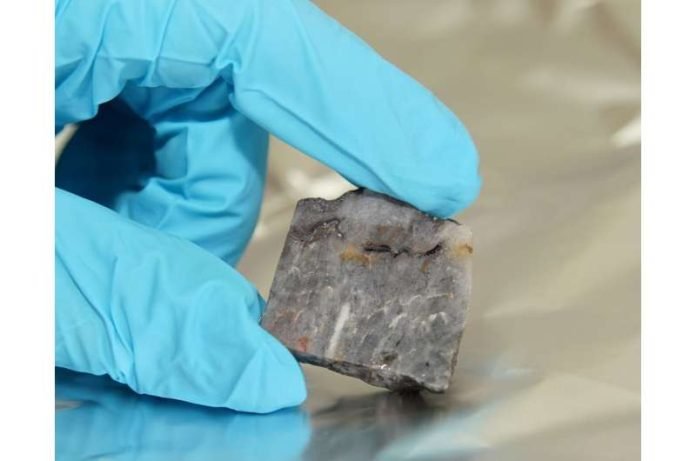
Long ago, the Earth was a very different place, with conditions that might seem alien to us now.
To understand the beginnings of life on our planet, scientists look at ancient rocks. There are only a few places in the world where these old rocks can still be found.
One such place is the Pilbara Craton in Western Australia, home to rocks that are about 3.5 billion years old. These rocks hold the secrets of the tiny organisms that lived billions of years ago.
A team of researchers from the University of Göttingen has been studying these rocks to learn more about the very first forms of life on Earth. Their findings were shared in the journal Precambrian Research.
They’ve used some advanced tools to look at tiny carbon particles found in these ancient rocks.
These tools, including nuclear magnetic resonance spectroscopy (NMR) and near-edge X-ray Absorption Fine Structure (NEXAFS), help scientists understand the structure of these tiny particles and confirm that they came from living things.
The researchers discovered that these particles were likely part of the sediment in the water of a caldera, which is a big hole left by a volcano.
Some of these particles were also moved and changed by hot water moving just below the volcano’s surface. This tells us that the area had a lot of geological activity, with sediments being moved around a lot.
By studying different forms of carbon in these particles, the researchers found that various kinds of microorganisms lived near this volcanic activity.
These microorganisms were similar to those found in modern-day hot springs, like the ones in Iceland or Yellowstone National Park.
This research is not only fascinating because it helps us understand the early days of life on Earth, but also because of the methods used to uncover these secrets.
Lena Weimann, a leading researcher from Göttingen University’s Geosciences Centre, mentioned how exciting it was to use these advanced techniques. They were able to learn about the history of these organic particles and confirm their biological origins.
Finding traces of the world’s first organisms in such old material is remarkable. It opens a window into the past, showing us how life might have started in environments that were once very common on Earth.
Hot springs and volcanic areas could have been the nurseries of life, places where the conditions were just right for the first microscopic life forms to thrive.
This study not only tells us about how life might have started on Earth but also shows the power of modern scientific techniques.
By looking closely at tiny particles trapped in ancient rocks, scientists can unravel the mysteries of our planet’s distant past. It’s a reminder of how much there is still to learn about the origins of life and the early history of our planet.
The research findings can be found in Precambrian Research.
Copyright © 2024 Knowridge Science Report. All rights reserved.


